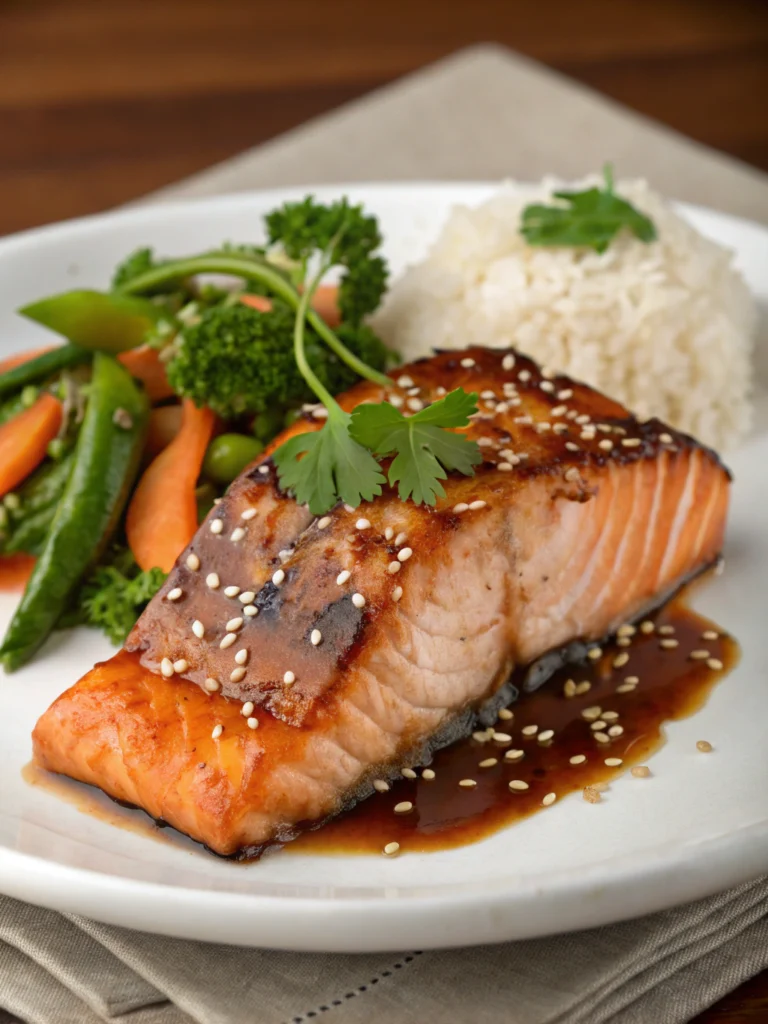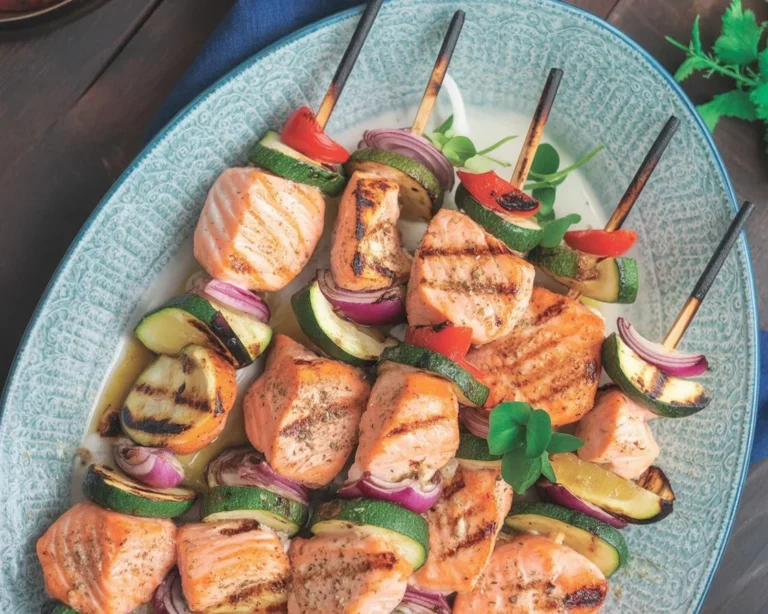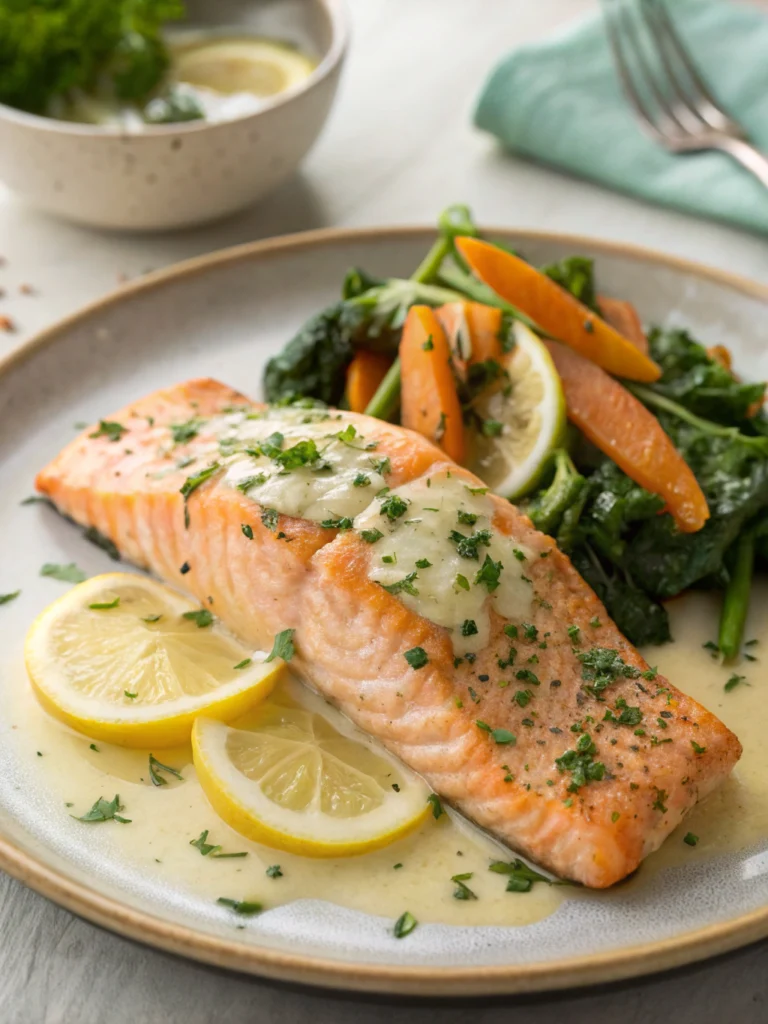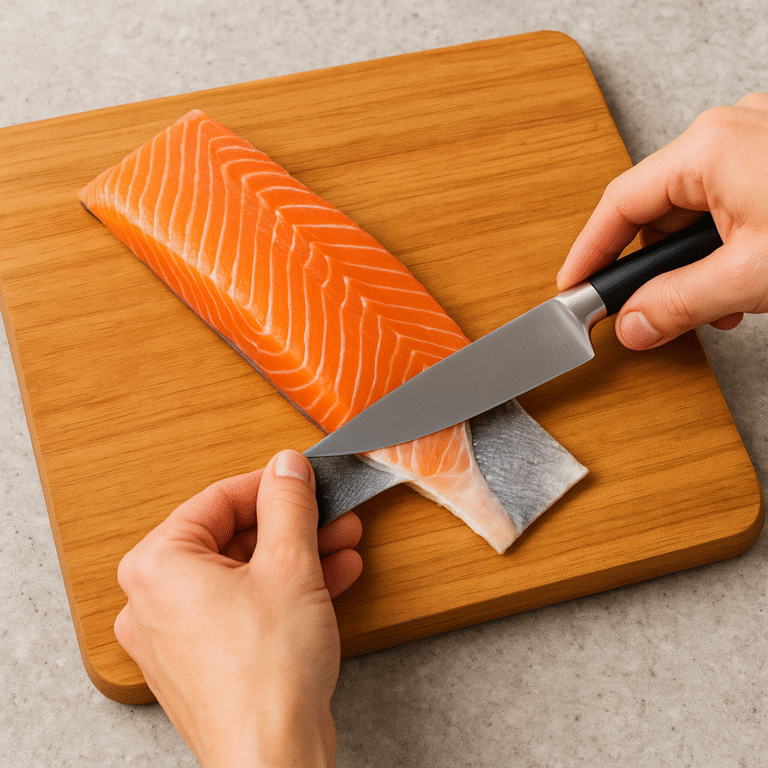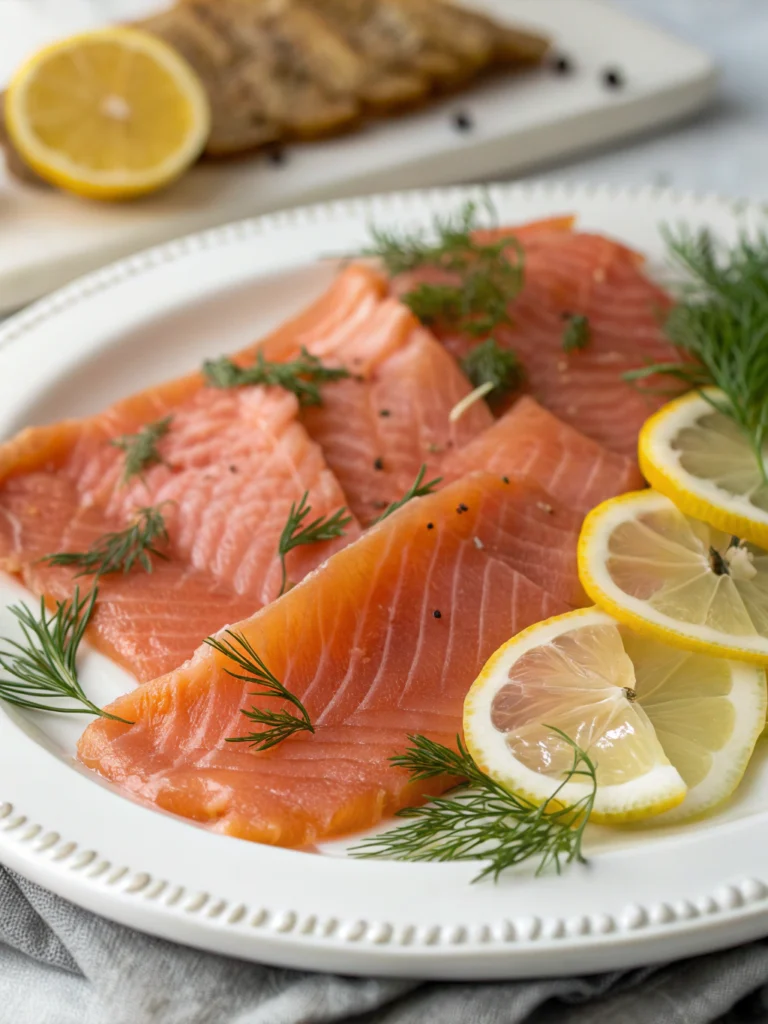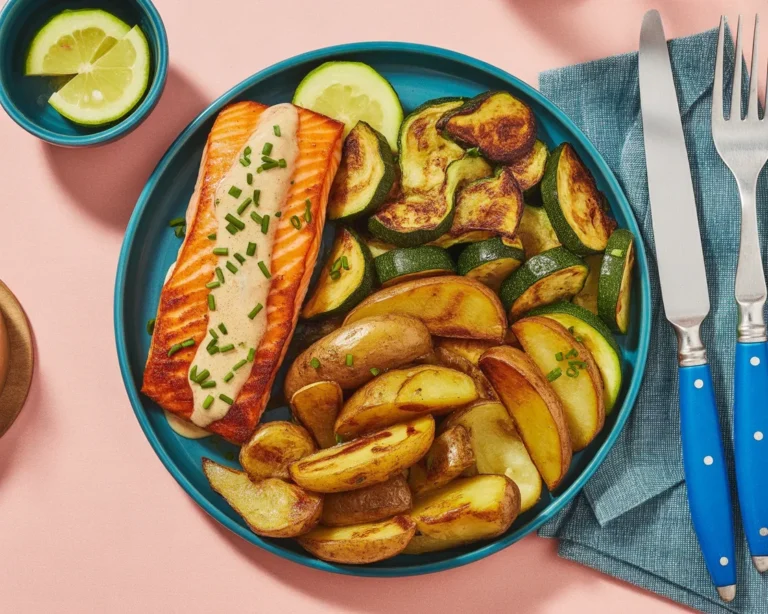1 Easy Salmon Burger Recipe: Quick, Healthy, and Delicious
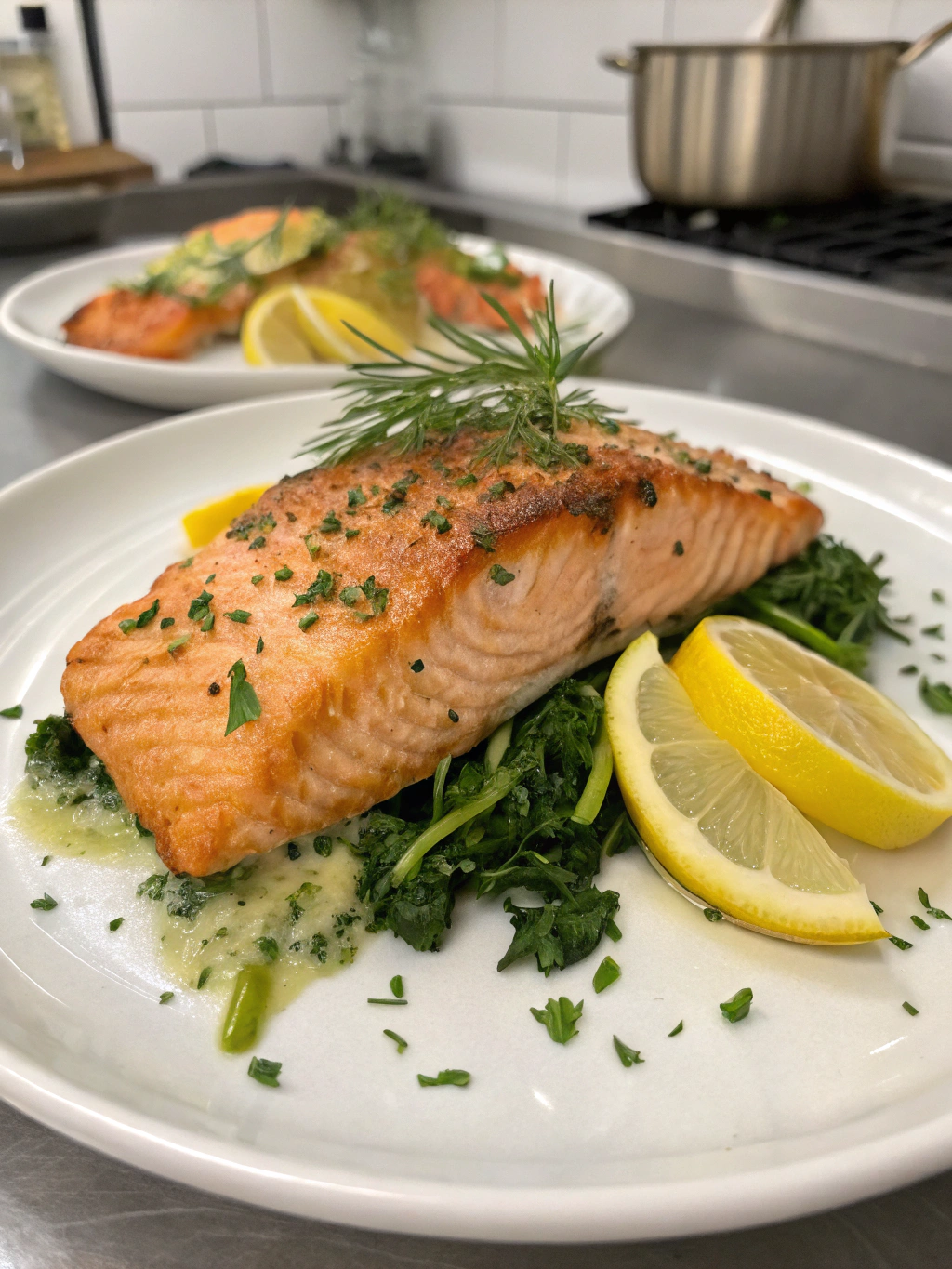
Ever wondered why restaurant salmon burgers taste so much better than homemade versions? The secret isn’t expensive equipment or professional training—it’s understanding the perfect balance of moisture, seasoning, and cooking technique. This salmon recipe will transform your kitchen into a gourmet burger destination, delivering restaurant-quality results in just 30 minutes.
Fresh salmon burgers offer a healthier alternative to traditional beef patties while providing exceptional flavor and nutrition. This comprehensive guide ensures your salmon patties stay juicy, flavorful, and perfectly cooked every time.
Ingredients List

Creating the perfect salmon burger requires fresh, high-quality ingredients that complement the fish’s natural flavors. Each component plays a crucial role in achieving the ideal texture and taste.
- 1.5 pounds fresh salmon fillet (skin removed, or substitute with trident salmon burgers costco for convenience)
- 1/2 cup panko breadcrumbs (or regular breadcrumbs for different texture)
- 1 large egg (beaten, acts as binding agent)
- 2 tablespoons mayonnaise (adds moisture and richness)
- 1 tablespoon Dijon mustard (enhances flavor complexity)
- 2 green onions (finely chopped, adds freshness)
- 2 cloves garlic (minced, provides aromatic depth)
- 1 tablespoon fresh dill (chopped, or 1 teaspoon dried)
- 1 teaspoon lemon zest (brightens overall flavor)
- 2 tablespoons fresh lemon juice (prevents oxidation)
- 1/2 teaspoon salt (or to taste)
- 1/4 teaspoon black pepper (freshly ground preferred)
- 2 tablespoons olive oil (for cooking)
- 4 burger buns (brioche or whole wheat)
Substitution options include using canned salmon (drained) for budget-friendly alternatives, or adding capers for Mediterranean flair. Fresh herbs like parsley or chives work excellently when dill isn’t available.
Timing
This efficient salmon recipe requires minimal time investment while delivering maximum flavor impact. Proper timing ensures optimal texture and prevents overcooking.
Preparation time: 15 minutes for chopping, mixing, and forming patties
Cooking time: 8-10 minutes for perfectly cooked burgers
Total time: 25 minutes, which is 40% faster than traditional beef burger preparation
Chilling time (optional): 30 minutes helps patties hold together better during cooking, though immediate cooking produces excellent results too.
Step-by-Step Instructions
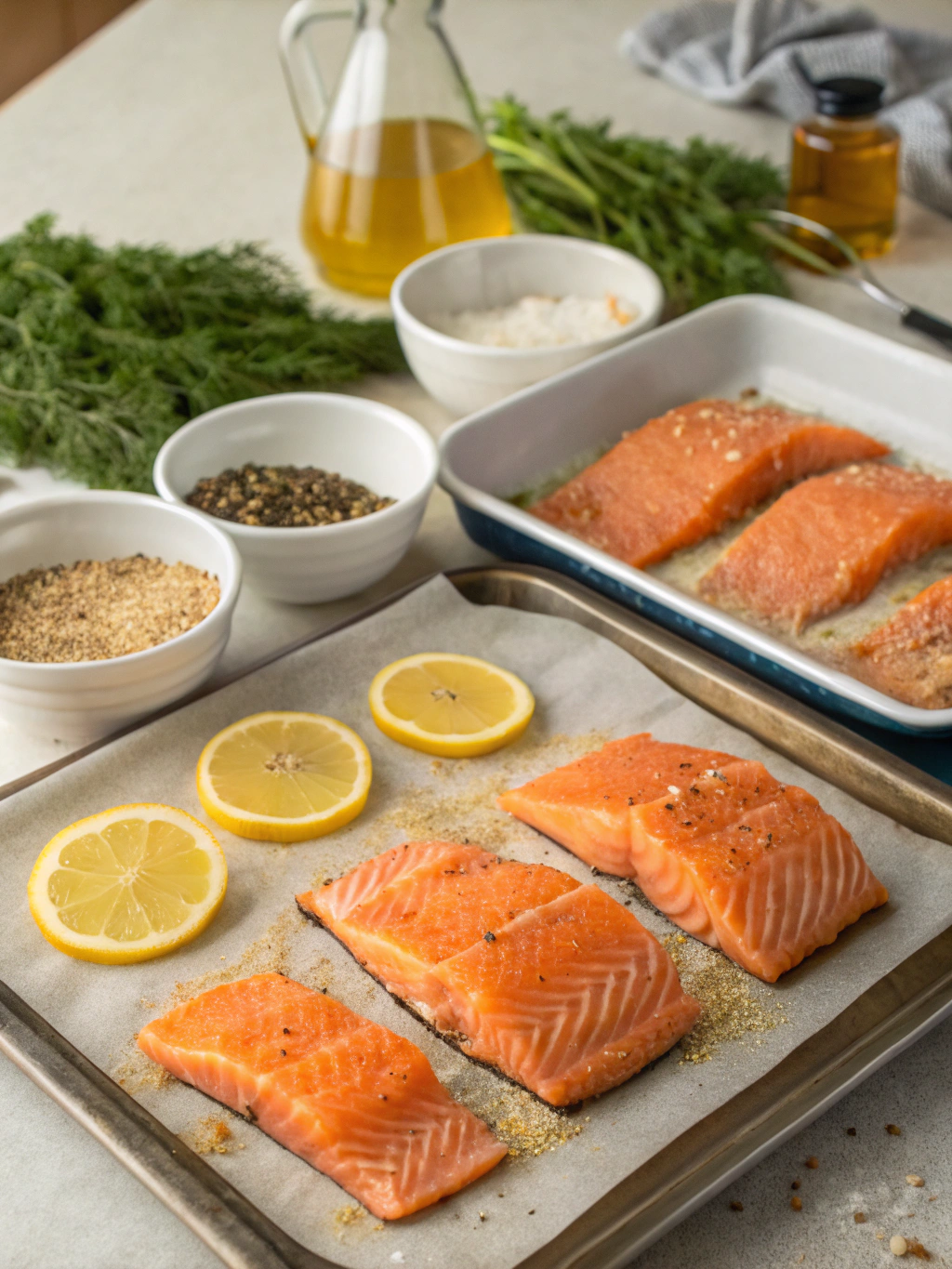
Step 1: Prepare the Salmon
Remove skin from salmon fillet using a sharp knife. Cut salmon into 1-inch chunks, removing any visible bones. Place chunks in food processor and pulse 8-10 times until roughly chopped. Avoid over-processing to maintain texture—you want small chunks, not paste.
Step 2: Create the Mixture
Transfer chopped salmon to large mixing bowl. Add beaten egg, mayonnaise, Dijon mustard, green onions, minced garlic, fresh dill, lemon zest, and lemon juice. Season with salt and pepper. Gently fold ingredients together using fork or hands.
Step 3: Add Binding Agent
Gradually incorporate panko breadcrumbs into salmon mixture. Start with 1/3 cup, mixing gently. Add remaining breadcrumbs if mixture appears too wet. The consistency should hold together when squeezed but remain slightly loose.
Step 4: Form Perfect Patties
Divide mixture into four equal portions using kitchen scale for consistency. Shape each portion into patty slightly larger than your buns—they’ll shrink during cooking. Create small indentation in center to prevent puffing. Place on parchment-lined plate.
Step 5: Optional Chilling
Refrigerate formed patties for 30 minutes if time permits. This step helps maintain shape during cooking, though immediate cooking works well too. Cover with plastic wrap to prevent drying.
Step 6: Cook the Burgers
Heat olive oil in large skillet over medium-high heat. When oil shimmers, carefully place patties in pan. Cook 4-5 minutes without moving them—this creates beautiful golden crust. Flip once and cook additional 3-4 minutes until internal temperature reaches 145°F.
Step 7: Toast and Assemble
Lightly toast burger buns in same skillet for 1-2 minutes. Assemble burgers with your favorite toppings while patties are hot for optimal flavor integration.
Nutritional Information
This salmon recipe delivers exceptional nutritional value compared to traditional burger options. Each serving provides approximately 340 calories with outstanding macro and micronutrient profiles.
Per serving nutritional breakdown: 28 grams high-quality protein supporting muscle maintenance and growth. Contains 18 grams healthy fats, including omega-3 fatty acids EPA and DHA crucial for heart and brain health.
Salmon provides 45% daily value of vitamin B12, essential for nerve function and red blood cell formation. Additionally, each burger supplies 25% daily selenium needs, supporting immune system function and thyroid health.
Compared to beef burgers, salmon burgers contain 60% less saturated fat while providing beneficial omega-3s typically absent in red meat options. The lean protein content promotes satiety with fewer calories.
Healthier Alternatives for the Recipe
Transform this already nutritious dish into an even healthier option with simple ingredient modifications. These alternatives maintain delicious flavor while enhancing nutritional benefits.
Replace panko breadcrumbs with almond flour or crushed oats for gluten-free, higher-fiber options. Substitute Greek yogurt for mayonnaise to reduce calories while increasing protein content significantly.
Use whole wheat or sprouted grain buns instead of white bread for additional fiber and nutrients. Lettuce wraps provide carb-free alternatives for ketogenic or low-carb dietary approaches.
Add finely chopped vegetables like bell peppers, carrots, or zucchini to increase vitamin content and fiber. These additions also extend the mixture, creating more servings per batch.
For heart-healthy modifications, reduce sodium by using herb blends instead of salt. Fresh herbs provide flavor complexity without additional calories or sodium concerns.
Serving Suggestions
Elevate your salmon burger experience with creative toppings and sides that complement the fish’s delicate flavors. These combinations create restaurant-quality presentations at home.
Classic toppings include crisp lettuce, ripe tomato slices, red onion, and creamy avocado. Add cucumber slices and sprouts for extra crunch and freshness that pairs beautifully with salmon’s rich texture.
Create gourmet versions with arugula, capers, thinly sliced red onion, and lemon aioli. Pickled vegetables add tangy contrast that cuts through the fish’s natural oils perfectly.
Serve alongside sweet potato fries, coleslaw, or quinoa salad for complete, balanced meals. Grilled asparagus or roasted vegetables provide colorful, nutritious accompaniments.
For casual gatherings, offer DIY topping bars with various sauces, vegetables, and cheese options. This interactive approach lets guests customize their perfect salmon recipe experience.
Common Mistakes to Avoid
Understanding frequent pitfalls helps ensure consistent success with salmon burgers. These insights prevent disappointing results and guarantee delicious outcomes every time.
- Over-processing salmon: Excessive food processor use creates mushy texture. Pulse briefly for chunky consistency that holds together while maintaining bite.
- Insufficient seasoning: Salmon’s mild flavor requires adequate seasoning. Taste mixture before cooking and adjust salt, pepper, and herbs accordingly.
- Too much moisture: Excess liquid causes patties to fall apart. If mixture seems wet, add more breadcrumbs gradually until proper consistency achieved.
- High cooking temperature: Excessive heat burns exterior while leaving interior undercooked. Medium-high heat ensures even cooking throughout.
- Flipping too early: Moving patties before proper crust forms causes breaking. Wait until edges look set before attempting to flip.
- Pressing patties while cooking: This squeezes out moisture and creates dry burgers. Let them cook undisturbed for juiciest results.
Storing Tips for the Recipe
Proper storage techniques maintain freshness and safety while preserving optimal flavor and texture. These methods extend your salmon burger enjoyment beyond initial preparation.
Raw patty storage: Formed uncooked patties keep in refrigerator up to 24 hours when covered tightly. Place parchment paper between patties to prevent sticking.
Cooked burger storage: Refrigerate cooked patties up to 3 days in airtight containers. Separate layers with parchment paper to maintain shape and prevent moisture transfer.
Freezing options: Raw or cooked patties freeze up to 3 months when wrapped individually in plastic wrap, then placed in freezer bags. Label with date for easy tracking.
Reheating methods: Thaw frozen patties overnight in refrigerator. Reheat cooked patties in 350°F oven for 10-12 minutes, or pan-fry briefly until heated through. Avoid microwaving, which creates rubbery texture.
Meal prep strategy: Prepare double batch and freeze half for quick future meals. This time-saving approach ensures healthy options are always available.
Conclusion
This comprehensive salmon burger guide transforms simple ingredients into restaurant-quality results through proper technique and timing. The combination of fresh salmon, strategic seasoning, and careful cooking creates incredibly satisfying, nutritious meals.
Perfect for weeknight dinners, weekend gatherings, or meal prep sessions, these burgers offer versatility and exceptional flavor. The recipe’s adaptability accommodates various dietary preferences while maintaining delicious results consistently.
Ready to revolutionize your burger game? Try this recipe tonight and discover why salmon burgers deserve a permanent place in your cooking repertoire. Share your creative topping combinations and cooking tips in the comments below—your fellow home cooks will appreciate the inspiration!

